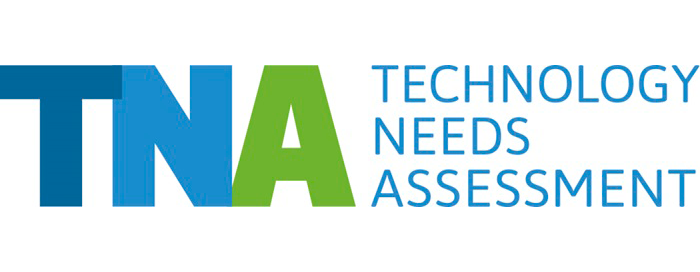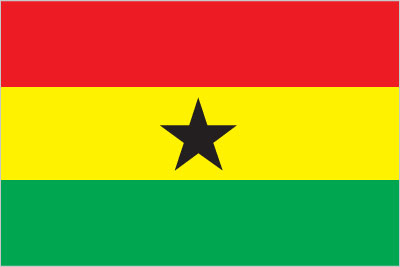Ghana undertook its TNA in 2013. The results of this TNA directly influenced the development of the country’s first NDC. Ghana is currently in the process of updating its first TNA, revisiting its key outcomes. This includes re-assessing priority sectors and identifying essential climate technologies that will enable the nation to meet its climate goals effectively.
Ghana’s natural resource wealth and its strong focus on the development of human capital have laid the foundations for a long period of sustained growth. Climate change is threatening Ghana’s growth by affecting some of its key economic sectors, such as agriculture, tourism and energy.
Ghana is committed to reducing CO2 emissions and contributing to global efforts aimed at climate action. The country’s Nationally Determined Contributions (NDC) are deeply embedded in its long-term national development objectives and strategies, which strive to foster sustainable and green growth. This approach not only protects the environment but also creates jobs and livelihoods for the population.
Ghana’s tropical climate, significantly influenced by the West African monsoon winds, features a rainy season from May to September. However, in recent years, the nation has faced extreme weather events, including prolonged droughts and heavy floods, which have challenged the livelihoods and resilience of many Ghanaians.
Ghana’s TNA contributes to the following Sustainable Development Goals:




